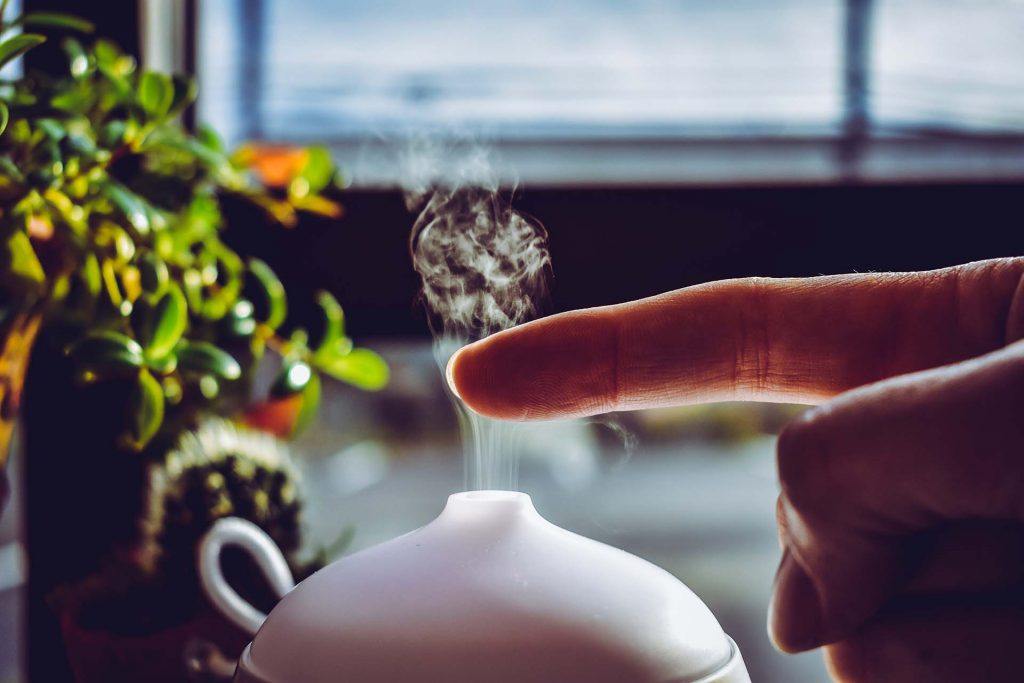Welcome to the wonderful world of diffusers! It is a fantastic way to expose yourself and your family to the healing properties of essential oils.
When we first started our essential oil journey, we thought we would buy a diffuser along with the standard peppermint, lemon, lavender combo, and be on our merry, essential oiling way.
Then we got on Amazon…
So. Many. Choices.
It was confusing, frustrating, and a bit daunting.
We wrote this article with the hope that we could provide some valuable guidance to essential oil beginners on which diffuser is right for you.
In this article, you will learn about the differences between the nebulizing diffuser and the ultrasonic diffuser, and how they work.
We will also touch on some of the top-selling diffusers, where you should put your diffuser in your home, and the possibility of making your own diffuser.
Table of Contents
What is a Nebulizing Diffuser?
According to Organic Aromas a nebulizing diffuser is:
“A nebulizing diffuser works as a perfume atomizer. A small air pump blows air across a small tube, creating a powerful vacuum that pulls the essential oil from the bottom of the tube to the top in a fine spray.”
Organic Aromas
Pros
Unlike an ultrasonic diffuser, a nebulizing diffuser, also called a waterless diffuser, does not use water. It uses straight essential oils meaning you are getting a more concentrated exposure to the healing properties of the oil(s) that you are using. That is a massive benefit of the nebulizing diffuser.
Cons
The downside to that is, if you are planning on using the diffuser all day, you will need to set a timer to make sure it does not run out of oil. Running your nebulizer dry could potentially damage the device.
Precautions for Nebulizers
Also, when using a nebulizing diffuser, it is important not to use any blended oils that contain a carrier oil, even if it’s fractionated. These diffusers are meant to handle the composition of pure essential oils only. You will run the risk of damaging or permanently breaking your diffuser should you run a carrier oil in the system.
How do Ultrasonic Diffusers Work?
Ultrasonic diffusers are quite different than nebulizing diffusers. These diffusers require a tank to hold the water needed for the oils to be dispersed by the vibrations created in the base by the motor.
Pros
Ultrasonic diffusers are convenient as most of them have a timer you can set and let it run anywhere from four to ten hours. With that said, there are a couple of downfalls to these diffusers.
Cons
To start, you are using water to dilute the essential oil, therefore, weakening its healing properties. These diffusers also require more maintenance since water and plastic are involved. You’re looking at the possibility of mold and fungus being diffused into the air if you are not on top of keeping it clean.
Another thing to remember with the ultrasonic diffuser is, it is putting not just the essential oil aroma into the air but moisture as well. If allergies are something you struggle with within your home, you may want to consider a nebulizer if you are trying to keep the humidity to a minimum.
Difference Between an Ultrasonic and Nebulizing Diffuser
The main difference between the two is this: the ultrasonic diffuser requires water and essential oils. Whereas, a nebulizer requires essential oils only.
Other Diffusers and Nebulizers
Medical Nebulizers
Medical nebulizers are typically reserved for distributing medications for asthma, chest infections, and other respiratory conditions. These nebulizers come with a mask that is strapped to the face for maximum inhalation of the medicine.
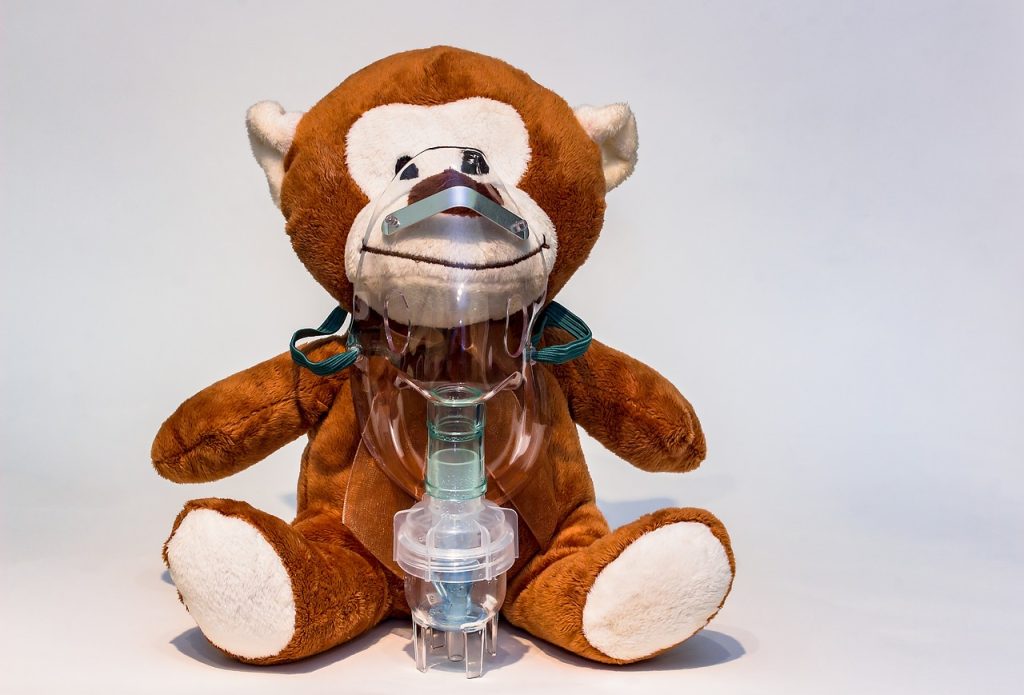
It is NOT recommended to use essential oils in these masks and should be reserved for medical intervention, instruction, and use.
Heat Diffuser
A heat diffuser works by heating up essential oils and thereby evaporating them into the air. A common example of this diffuser is a candle diffuser.
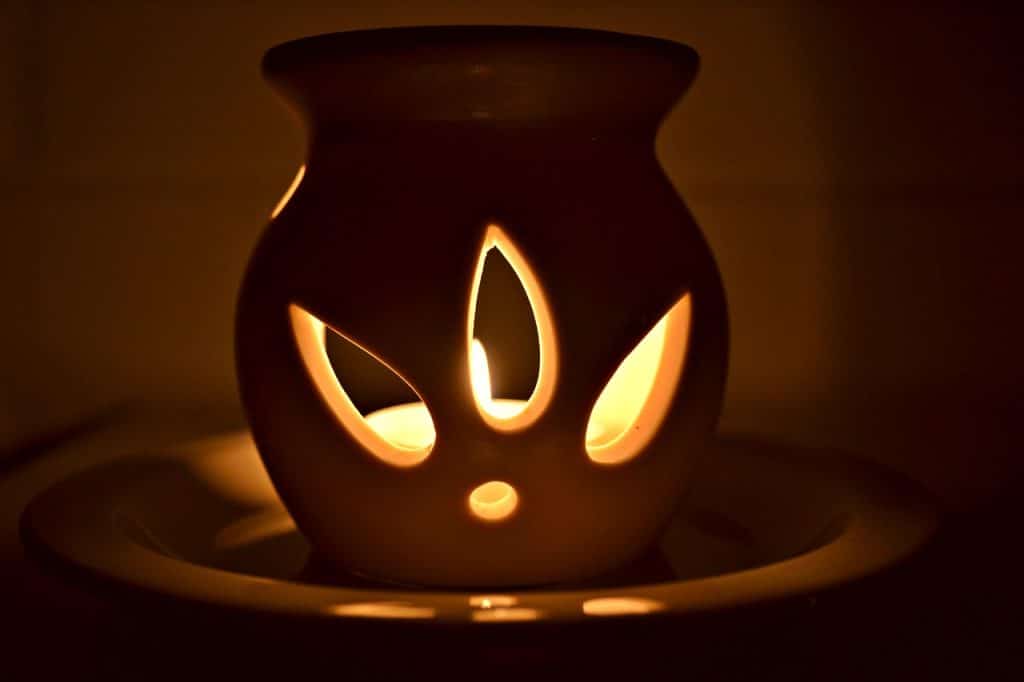
We personally don’t recommend heat diffusers due to the simple fact that heat ruins oils. It changes their chemical compositions, and they lose their healing properties.
Evaporative Diffusers
Lastly, there are also evaporative diffusers which we also do not recommend for the purposes of aromatherapy. An evaporative diffuser just evaporate your oils.
How to Best Use Diffusers
Using a diffuser is not the most challenging thing you will ever accomplish by far. However, a few minutes of forethought is helpful so you can fully enjoy the benefits of your oils!
Perfect Placement
Location is everything. Most diffusers do not cover more than a 300-600 square foot area. Be sure to check the coverage area stated by the manufacturer before purchasing so you know what you are getting, especially if you want to use your diffuser in a large room.
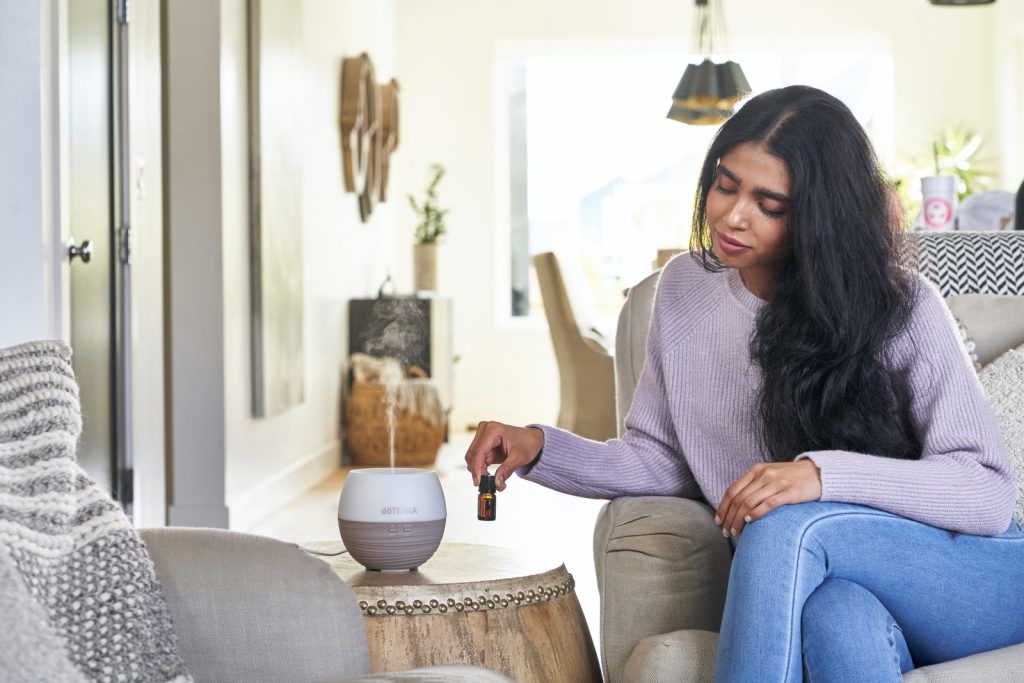
A substantial majority of people choose the kitchen to help with neutralizing garlic or fish smells as well as it is a popular gathering place in most people’s homes. If you have a smaller kitchen or it is a higher than usual traffic area, consider somewhere else where it may not be as likely to get knocked over.
Our advice is to put it where you spend the most time. Be sure to keep it out of direct sunlight, and off of any devices that generate heat such as a cable box, television, or stereo. High temperatures can change the properties and aromas of your oils, so keep it cool.
Cleaning the Machines
When using either the ultrasonic diffuser or the nebulizing diffuser, it is recommended you keep them both clean and free of “oil gunk” by using 90% rubbing alcohol.
The best way to do this is to take a cotton makeup round, wet it with the rubbing alcohol (not soaking wet), and wipe out the base and the rest of the inside of the tank.
You may need to use a cotton swab if you have a nebulizing diffuser as you will need it to clean the tubing.
Top Nebulizer & Ultrasonic Diffusers
Nebulizer Diffuser
This is a professional-grade aromatherapy diffuser with a hand-blown, glass nebulizer, real wood for the base, no LED lights, as well a 900 sq. ft radius, and a four-hour timer.
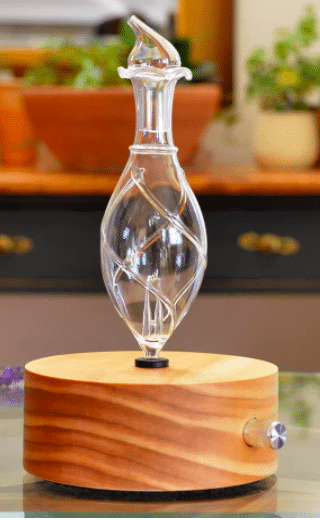
Clearly an updated version of the older or less expensive nebulizing diffusers!
Ultrasonic Diffuser
This ultrasonic essential oil diffuser has LED lights, four different timer settings, a fine mist, and a strong mist option.
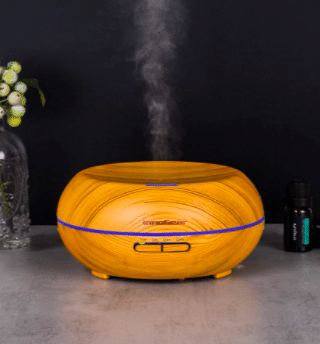
Additionally, many consumers consider this diffuser to be one of the quietest of the diffusers, and love how affordable it is!
Commonly Asked Questions
How much essential oil do I use?
If you are new to the essential oil world, start with just two drops. Also, start with a gentle, single oil like a citrus oil or a calming oil like lavender to test the waters. If you are comfortable with using oils, go ahead and try five.
What is aromatherapy?
Aromatherapy is defined as the art and science of using essential oils to help balance, and promote healing of body, mind, and spirit.
Is it possible to make a DIY essential oil diffuser?
In short, yes. The easiest way to do this is to make a simple diffuser like a reed diffuser. Here is a source on how to make different types of reed diffusers.
What Works Best for You
Regardless of the type of diffuser you use, the fact that you are using one to better your health and the health of your home is commendable. A twenty-dollar diffuser beats 20 dollars in plugs-ins, air fresheners, and other artificial sprays in a heartbeat. Not to mention the fact you still have a diffuser long after the grocery store scents have dried up and been thrown away.
A diffuser is a way to keep your home smelling amazing, a unique support system to your health, and far easier on the planet than always throwing away packaging from the short-lived, artificial scents.
Whichever you choose, we hope it is the right fit for you and your home.
Happy diffusing friends!

